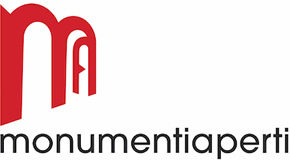The Foundry was designed by Eng. Rolandi in 1930 and opened in 1932. At the time it was the largest in Europe and was a source of economic prosperity for the whole area.
The history of the Foundry begins in April 1930, when Eng. Francesco Sartori, managing director of Monteponi, and Eng. Domenico Giordano, managing director of Montevecchio, agreed to establish the “Italian Lead Company.” San Gavino was chosen because it was a town with a railway station with which to transport the workings to the port of Cagliari. The area chosen was marshy and needed to be reclaimed so as not to take away fertile land from agriculture in the area.
In May 1930, work began on drilling the artesian wells that were to supply the Foundry, and in June 1930, the Italian Lead Company was incorporated in Rome for the duration of 50 years with a capital of 1 million liras.
In March 1931, construction began with the excavation of the building foundations, and after seven months the 108-meter-high chimney was finished. 1932 was the year of greatest momentum and also of interminable difficulties: the foundry, now built, could not be activated due to the difficulties of Montevecchio, which overwhelmed by debts, could not meet the needs.
June 10, 1932, the first lead was poured, but a week later, the furnace was shut down due to Montevecchio’s continuing financial problems. But on July 12, 1932, overcoming all difficulties, the Foundry started its operations.
The events of World War II did not cause appreciable damage to the Foundry, but forced its shutdown for about two years. It later became known for the production of hunting pellets, which were also used during the Olympic Games. In 2009, it underwent a forced closure due to corporate vicissitudes, but since 2013, operations resumed until it was discontinued in September 2022.









